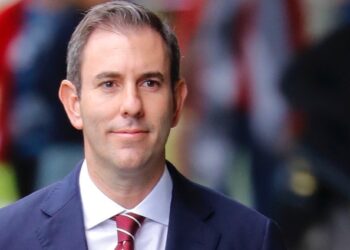Fidelity head of Australian equities Paul Taylor said the hunt for yield would continue in 2013 due to a slower growth environment that would remain for at least five years.
He said the current market recovery was starting to resemble those that followed the 1987 crash and the mid-1970s oil price shock where after five years the market picked up again.
Taylor said he expected the Australian share market to deliver similar positive returns in 2013 as in 2012 – close to a 20 per cent total return.
He said a lot of bad news had been factored into Australian share prices, which made market valuations for medium- and long-term investors attractive.
"As cash rates and term deposits continue to decline, the significant dividend yield of the Australian equity markets looks increasingly appealing to investors seeking income returns," he said.
Strong corporate balance sheets and free cash flows also equated to sustainable dividend yields, Taylor said.
"Buying bank shares with attractive dividend yields and franking credits is still a superior risk return investment than putting your money in that bank's term deposits – even in a lower growth environment," he said.
Taylor said only the strongest business cases would attract new equity as investors demanded higher dividends, capital returns and share buybacks in 2013.




